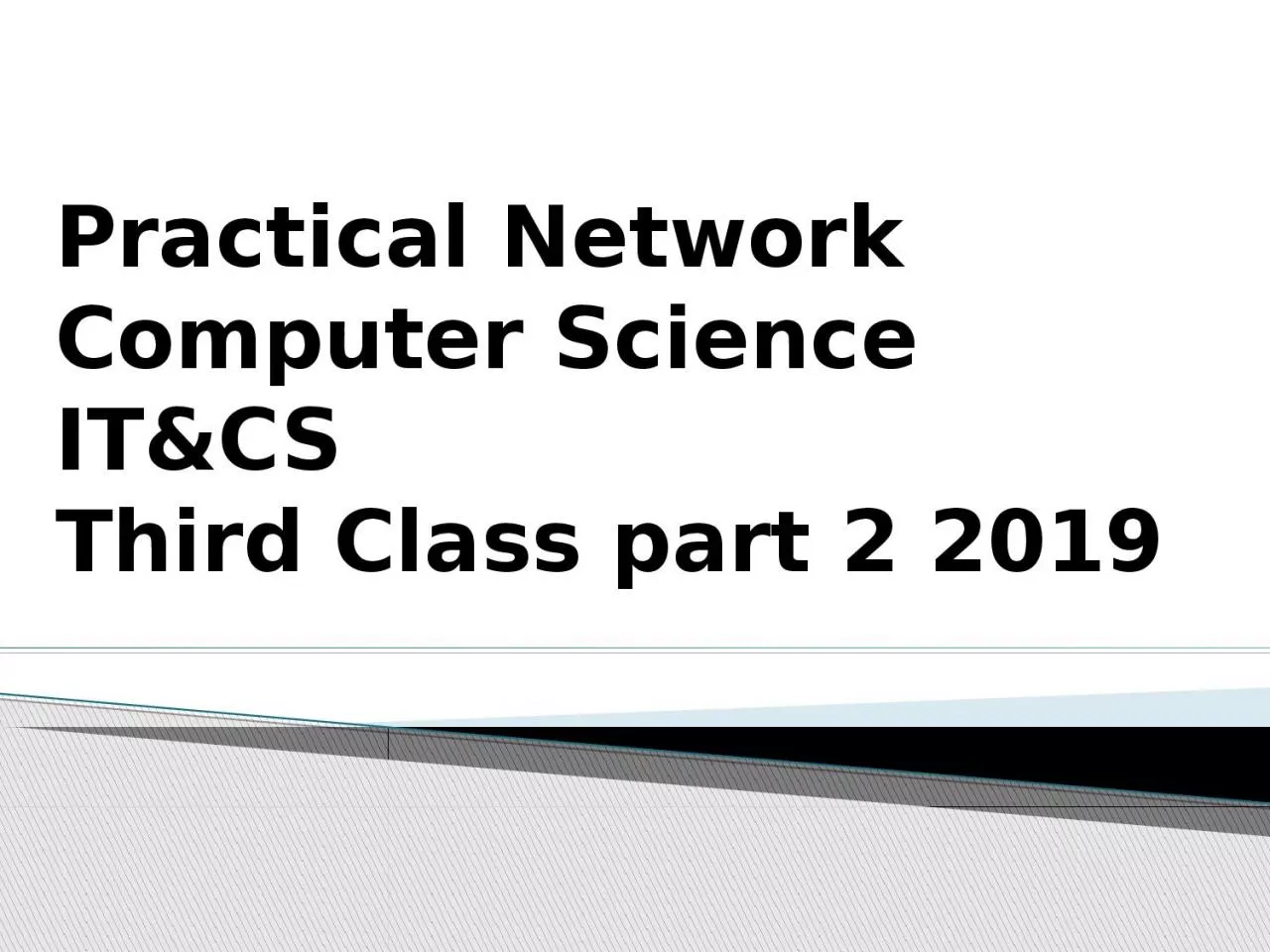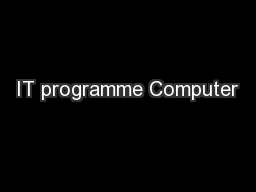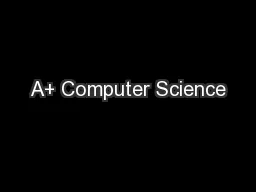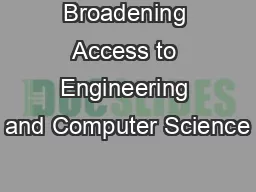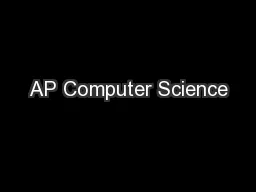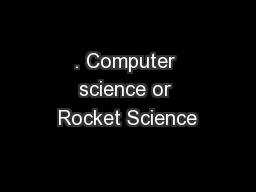PPT-Practical Network Computer Science IT&CS
Author : tremblay | Published Date : 2023-11-09
Third Class part 2 2019 Ring network topologies Used in local area network LAN technology Nodes connected in a circle form Tokens used to transmit data Nodes must
Presentation Embed Code
Download Presentation
Download Presentation The PPT/PDF document "Practical Network Computer Science IT&a..." is the property of its rightful owner. Permission is granted to download and print the materials on this website for personal, non-commercial use only, and to display it on your personal computer provided you do not modify the materials and that you retain all copyright notices contained in the materials. By downloading content from our website, you accept the terms of this agreement.
Practical Network Computer Science IT&CS: Transcript
Download Rules Of Document
"Practical Network Computer Science IT&CS"The content belongs to its owner. You may download and print it for personal use, without modification, and keep all copyright notices. By downloading, you agree to these terms.
Related Documents

